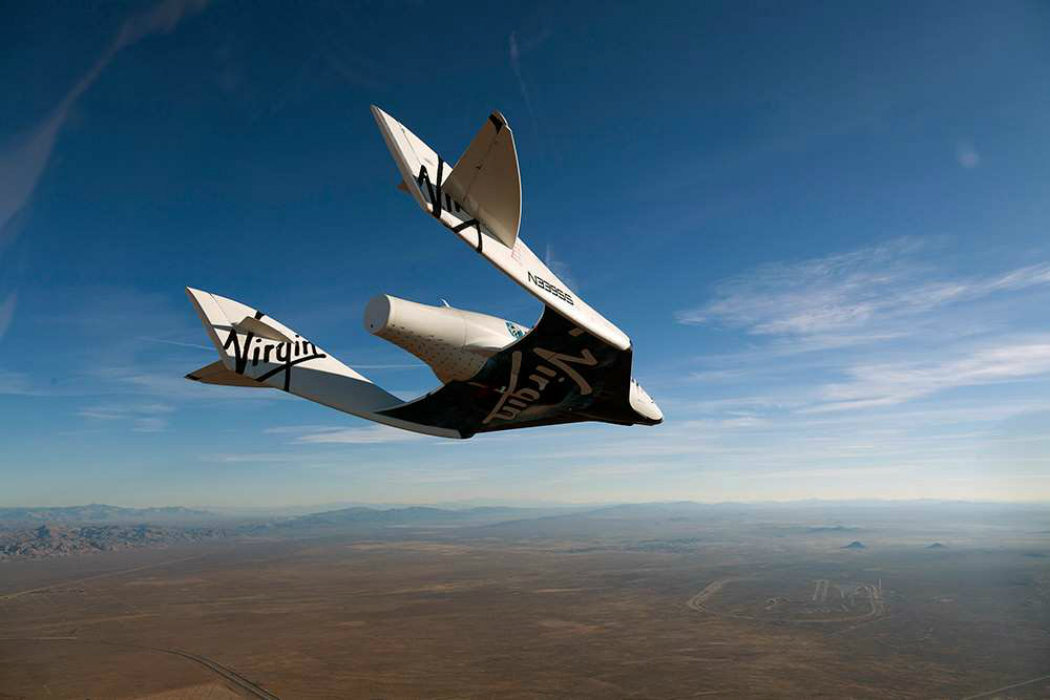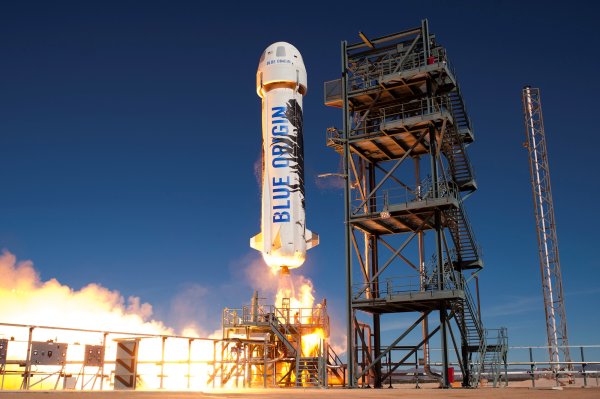
What was once only possible in the pages of science fiction novels, travelling to the edge of space, is now a reality – and you can even choose your ride to get there! Here are some of the best ways that you can actually take yourself to space (or very nearly so).
SpaceShipTwo (Virgin Galactic)

The unveiling of Virgin Galactic’s new SpaceShipTwo (informally referred to as VSS Voyager) will be one for the books, as none other than physicist – and owner of the only free ticket on the craft – Stephen Hawking will be there (if his health permits) at the ceremony.
After the ill-fated crash of VSS Enterprise, the new SpaceShipTwo has clearly incorporated the lessons from its predecessor into its latest design. It has amped up its safety measures, including a feature that prevents the tail booms from extending prematurely and throwing the craft out of control.
This emphasis on safety is also carried over to its cabin. According to Virgin Galactic’s website, it has custom-designed, articulated seats, which stay upright during rocket boost and recline during re-entry.
But as SpaceShipTwo is still targeted towards promoting space tourism, passengers will be treated to an unobstructed view of the Earth from space through the dozen windows that line its sides and ceiling.
Of course, it won’t be an ‘out of this world’ experience without experiencing zero gravity. SpaceShipTwo is also big enough for passengers to float around during a few minutes of weightlessness.
The unveiling of SpaceShipTwo is scheduled on February 19 at the Mojave Air and Space Port in California.
New Shephard (Blue Origin)

Owned by Amazon’s Jeff Bezos, what sets Blue Origin’s New Shepard rocket apart from others in the space tourism race is that it’s re-usable.
In a video released by Blue Origin, it shows New Shephard hitting an altitude of 333,582 feet (63 miles) before landing softly, and vertically, on the ground. If that’s not cool enough, Blue Origin says that, during flights, passengers will experience at least a few minutes of weightlessness after the capsule separates from the booster. At such times, passengers will be able to leave their seats and float about the capsule before a signal tells them to be reseated for landing.
And although no other details of space tourism operations has yet to be released, Blue Origin’s New Shephard has clearly changed the game for space travel by making it cheaper.
Lynx (XCOR Aerospace)

As far as Lynx goes, the company sums up their tech better than anything else:
“Lynx departs direct from the runway under its own rocket power. Supersonic in one minute, weightless in five minutes, Lynx wastes no time delivering the spaceflight experience in full.”
If that doesn’t get you giddy for suborbital space travel, nothing will.
XCOR Aerospace’s Lynx is a reusable two-seat vehicle which can reach sub-orbit in less than four minutes. It’s also equipped with a dozen thrusters that allows the passengers to “roll the vehicle” to get the view they want during that six to seven minutes of weightlessness before returning to Earth.
Currently, it’s estimated that there are already over 350 clients waiting to take their trip to space. You can be one of them for $150,000 a ticket (a hefty fee to be sure, but space isn’t cheap).
Voyager (World View)

If fast and furious isn’t your space travel style, Arizona company World View has got you covered.
The World View voyage can be likened more to a cruise, with its four to six hour flight – two hours of which are spent at 100,000 feet (20 miles) above Earth.
Its pressurized space capsule suspended beneath a high-altitude balloon has all the amenities of posh hotel suite from a mini bar to a lavatory. There’s also in-flight real-time social media communications available to passengers. Tickets are priced at $75,000 inclusive of a non-refundable $7,500 handling fee.